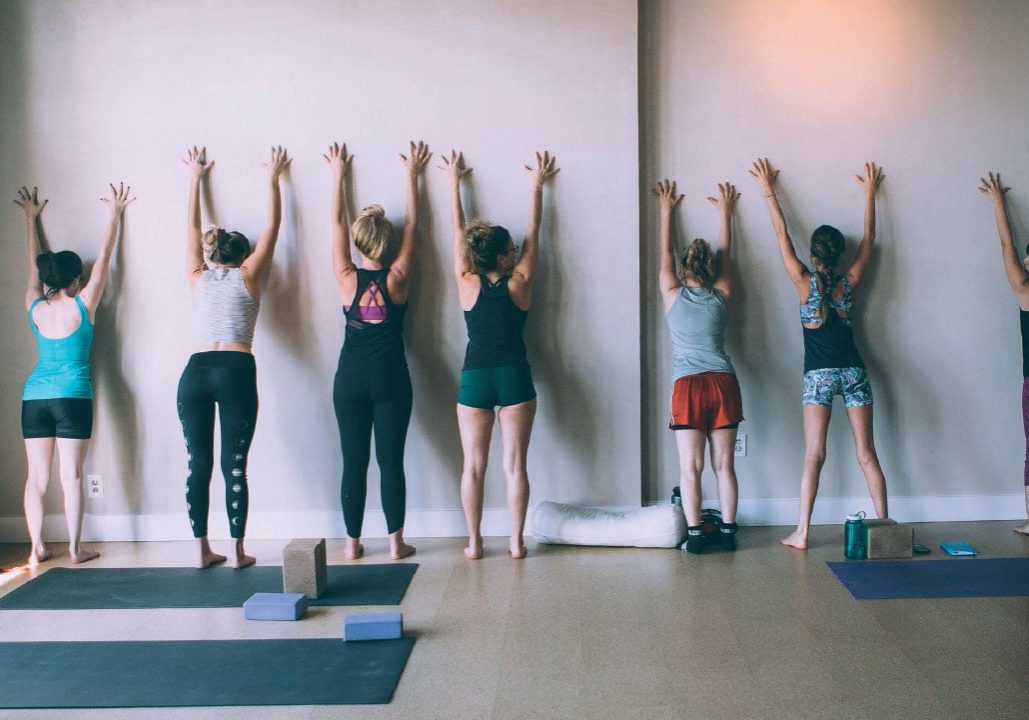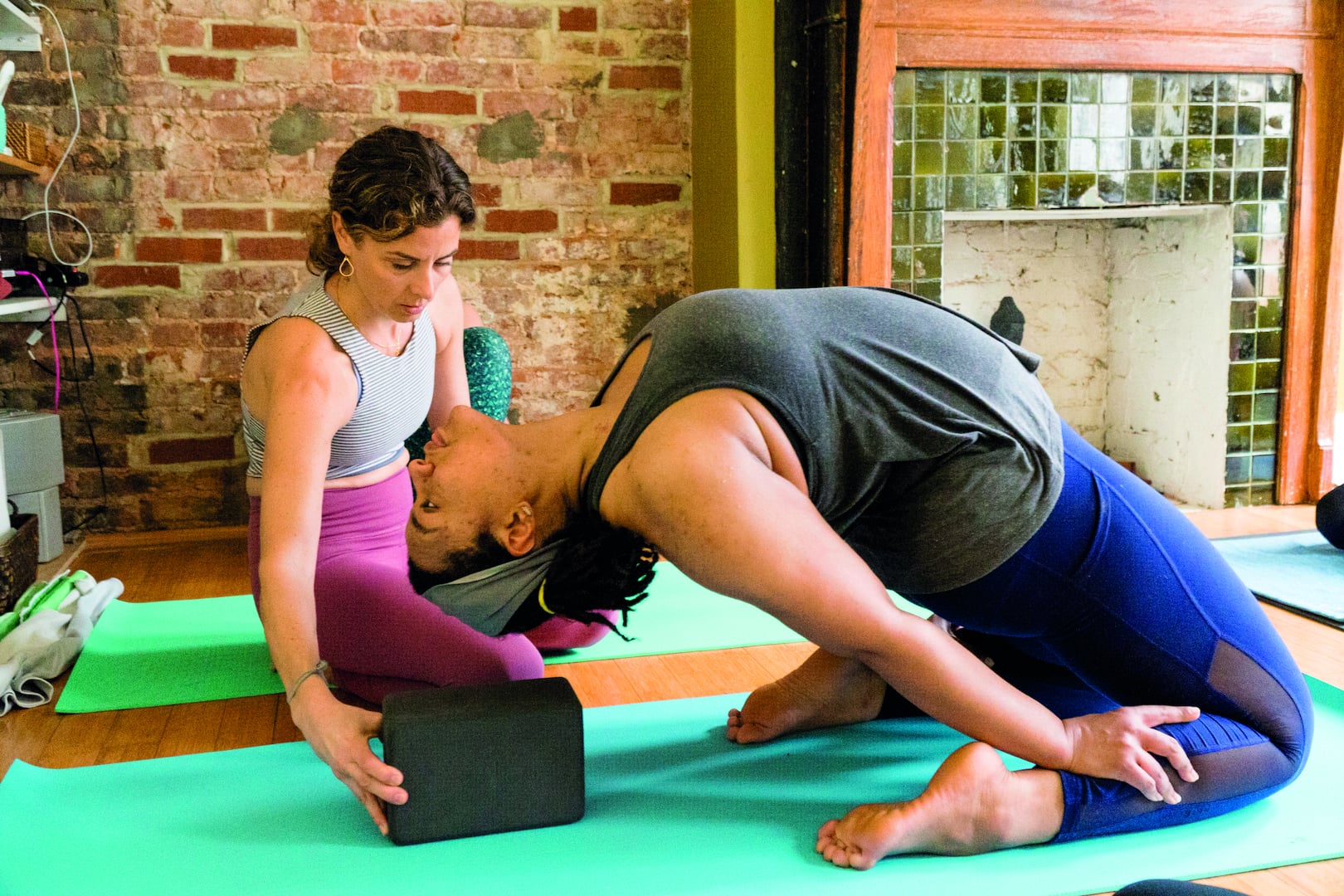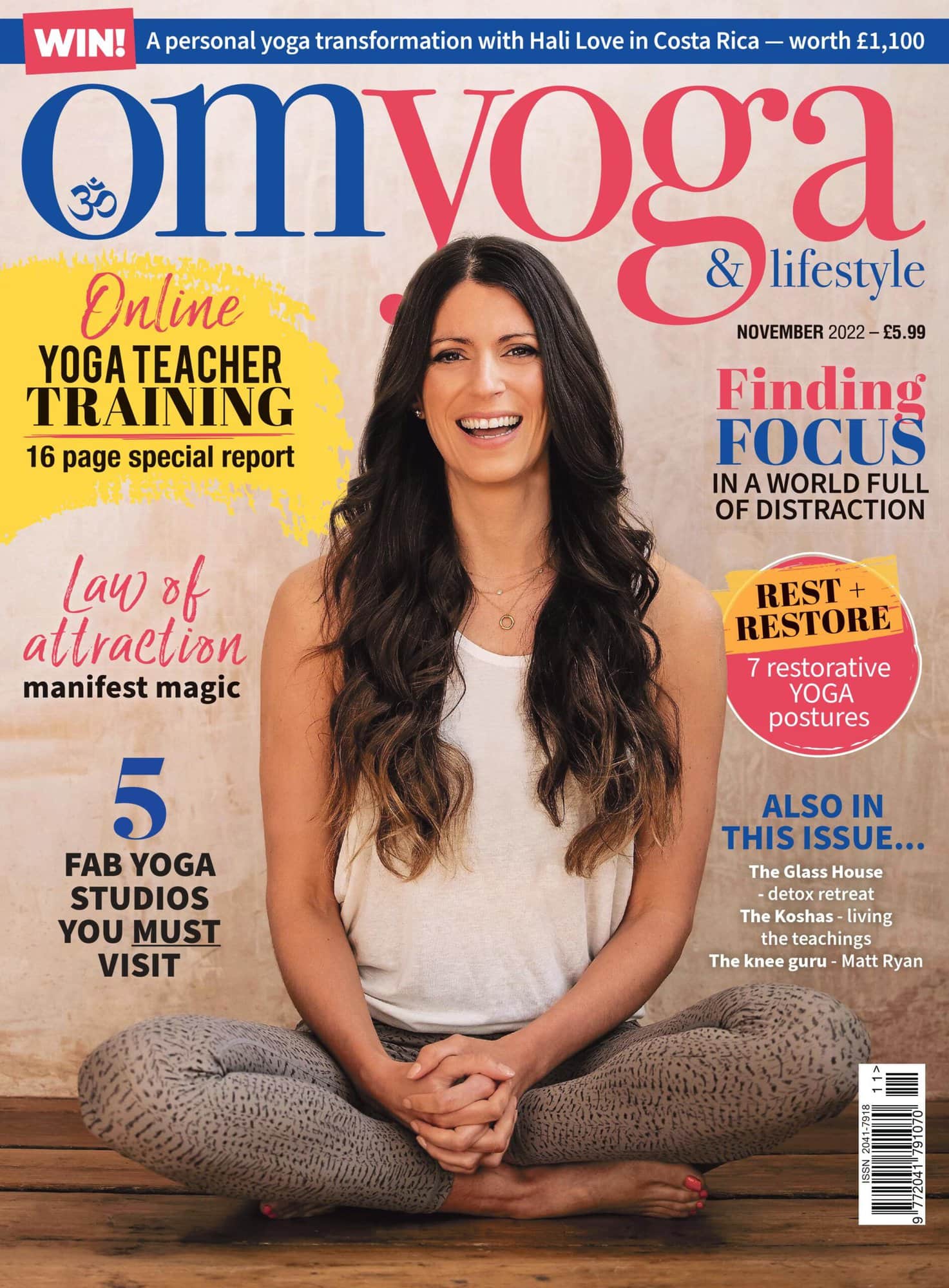
WHAT IS A YOGA BODY?
Yoga is for everybody and every body: there’s room on the mat for every single one of us, writes Jen Rene
If you’ve spent any time at all engaging with typical yoga-related messaging — whether it’s magazines, Instagram, or even some studio marketing — you’ve probably heard the term ‘yoga body’. Get a yoga body in six easy steps! Yeah, right.
On one hand, this concept has always confused me. How to get a yoga body? Have a body. Do yoga. Simple as that. But, on the other hand, it’s very obvious what’s meant by it: How to look like these women in these photos. (And, yes, it is most often women.) If you look at most yoga magazines or social media accounts, you’ll see a lot of similarities among the photos: slim, stereotypically fit, often white. It’s a symptom of our culture.

And it’s easy to cynically explain this away, but the fact remains that there are several obvious problems with this image. One is that it perpetuates an atmosphere of ableism and whitewashing in yoga — an atmosphere that might not be reflected in one’s actual experience, but can still make itself present and lead to a distinct discomfort if a yogi doesn’t feel like they fit into that mould (or if they do!). Another is that there is no such thing as a yoga body! Again, a yoga body is any body that does yoga. And to pretend otherwise and create a certain image of what a yogi is ‘supposed’ to look like turns this practice into something other than what it is meant to be.
Plus, if yoga is about not just the body, but the mind, body, and spirit, why does messaging around it focus so much on the physical?
I have always been a believer in the idea that yoga is for everybody, for literally every body. And part of that is because it’s not just about the physical — it’s not even primarily about the physical. Because, realistically, not every body can make every shape. But that’s not just about these stereotypical images of the ‘yoga body’ versus bodies that don’t look like that, because most bodies that do look like that won’t be able to make every shape. Very few students will ever make it to fourth series of the Ashtanga system; most won’t make it to third. And we, as teachers, are gas-lighting students if we tell them all they have to do is work hard and keep working hard.

“A meaningful practice has nothing to do with the body engaging with it, but the individual’s dedication and ability to keep returning to the mat.”
The truth is, practice, practice, practice will not get everybody, or every body, there. And that might sound like a bummer, but it’s really the beauty of the whole thing. Because it means that there is absolutely no threshold for what a yogi needs to accomplish to get the full benefit of this practice. A profoundly deep experience of yoga has absolutely nothing to do with how advanced one’s practice is — these two things are not mutually exclusive at all.
To sell a one-size-fits-all image of yoga doesn’t just do a disservice to people who don’t think they fit that image; it also does a disservice to those who do. Because that image, that body type, is not what sets someone up to have a meaningful practice. A meaningful practice has nothing to do with the body engaging with it, but the individual’s dedication and ability to keep returning to the mat. Physical strength and flexibility may enable someone to get into a certain pose, but it’s the mental and spiritual strength and flexibility that keep them coming back when the going gets tough.
Yoga is an internal experience expressed externally, a mental and spiritual practice engaged with through the physical venue of the body. It is essential for teachers to know this, and for students to be helped to understand it. Yoga is a practice that has no place for judgement, no place for shame. It has no place for a limiting view of what a yoga body is or isn’t — our bodies are our homes and yoga teaches us that we’re limitless. Every single one of us.
Jen Rene has been on the yogic path for most of her life and still turns to her mat every day. To find out more or practice with her online visit: jenrene.com or connect via Instagram @jenreneyoga




